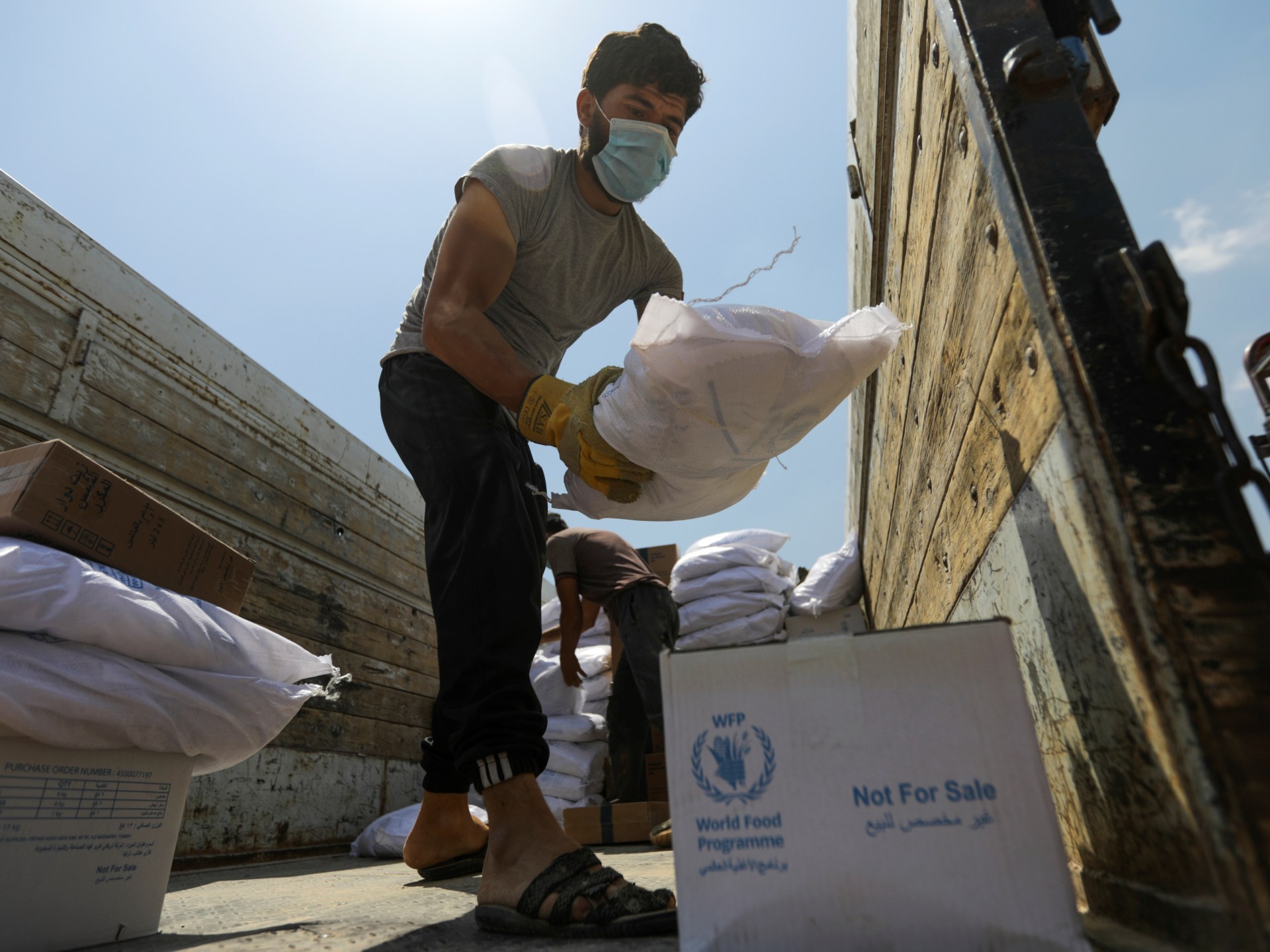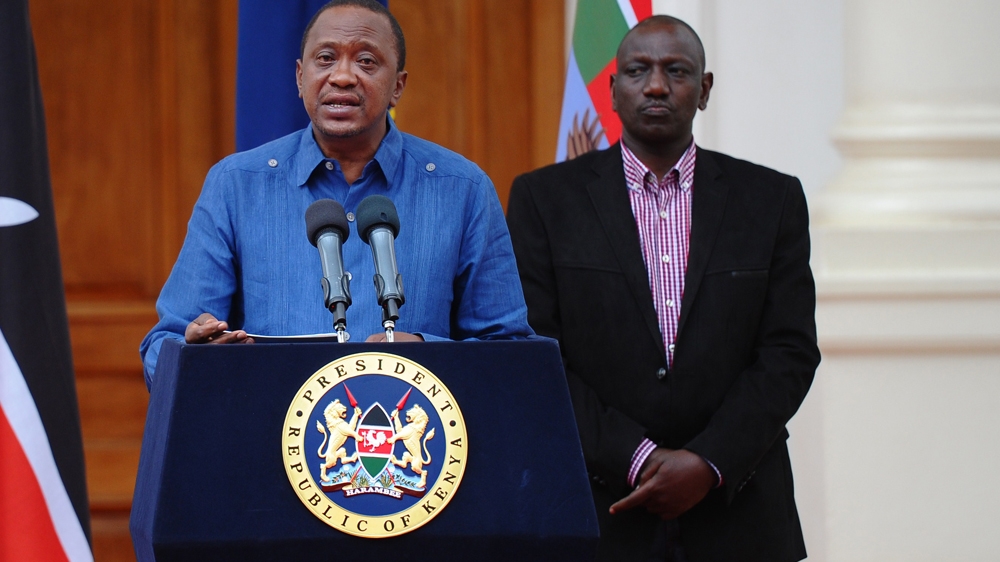The scramble to help Ukraine shows the need for more, better aid
The war in Ukraine has seen governments dig deep into their pockets. Pledges have grown to about $85bn (or more, as it is hard to keep track). The United States has pledged more than $43bn, far more than any other country, and the European Union and its member states more than $26bn. Although a relatively small percentage of this funding is humanitarian-focused, it is equivalent to 7 percent of global humanitarian aid budgets.
It is commendable that rich donors have put humanitarian funding forward for Ukraine. It is refreshing to see such solidarity.
However, not all of this is new funding. We are also highly concerned that some donor countries might be redirecting money allocated for Yemen, Syria and to deal with the hunger crisis in East Africa and the Sahel. We have seen before how rich countries can end up effectively spending their aid budgets at home on refugees. In 2015, when not even half as many refugees made their way to Europe from Syria and beyond, about 11 percent ($15.4bn) was used in this way. This was not compensated with an increase in aid budgets later that year or afterwards.
The OECD recently echoed Oxfam’s calls for aid to Ukraine to be a top-up. This came after several donor countries started pulling funds from their aid budgets to free up money for Ukraine.
Sweden was one. In March, it announced the redirection of nearly one-fifth of its aid budget to fund the reception of refugees from Ukraine. The government has since backtracked (though about $430m is still being redirected to refugee reception) because of strong public pressure from civil society and the fact it overestimated the number of refugees.
In the United Kingdom, we saw similar reports that billions in foreign aid will not leave the island. The UK now plans to spend more of its international development budget at home to house refugees, mainly from Ukraine, than it will abroad. This comes after its development budget had already been slashed.
Inflating aid budgets is a worry, too. Countries counted excess COVID-19 vaccine doses as aid, even though they were not bought or intended for poorer countries. They were unwanted leftovers, available only because rich countries had bought more than they needed, leaving poorer countries short of supplies. Aid reached a historic high of $179bn in 2021 but 80 percent of this increase came from surplus COVID-19 vaccine donations.
By mid-January, OECD donor countries will decide if they will again count donations of excess COVID-19 vaccines and support to refugees as aid. They should not be allowed to rewrite the rulebook.
Since 2014, money for humanitarian emergencies has stagnated at 10 percent of the total aid budget. Yet, humanitarian needs have reached record highs, with the pandemic, climate breakdown and the cost-of-living crisis continuing to wreak havoc. Despite this, pledges remain underfunded. In 2022, donor countries funded just 34 percent of the United Nations’ Global Appeal – leaving a funding shortfall of $37bn. This is less than half of the amount they pledged for Ukraine.
The poorest are being hit the hardest by the cost-of-living crisis. The reason is simple: they spend a larger share of their income on food. People in drought-ravaged East Africa, for example, spend as much as 60 percent of their income on food. So, when food inflation reaches a staggering 44 percent in a country like Ethiopia – nearly five times the global average – food becomes unaffordable. People do not eat.
In Lebanon, food is now 15 times more expensive than in October 2019. More than 80 percent of the population is struggling to afford food and medicine. The Food and Agriculture Organization (FAO) has warned that increased costs of wheat and fuel mean that the same money buys much less assistance.
Aid donors must adjust for this inflation. According to the OECD, donors should increase their aid budgets by 5 percent (about $9bn) to make up for inflation. And, more generally, governments must dramatically ramp up funding – in the 52 years since rich countries promised to meet the 0.7 percent target, they have failed to deliver more than $5.7 trillion in aid (only about a handful have ever met the target). Just imagine how transformational that might have been.
There is no shortage of money. We saw that when governments released $16 trillion to respond to the pandemic. There is only a shortage of political will to create a fairer world where prosperity is better shared. We have the means to claw back the huge and unfair gains at the top and use that to save lives and reduce inequality. There is huge scope for taxing wealth and capital gains more efficiently; even the IMF has made the case. We need windfall taxes on excess corporate profits – across all sectors. This should not be a one-off, but a permanent mechanism activated during times of crisis.
A 90 percent windfall tax on excess profits made by the world’s 1,000 largest corporations during the pandemic could generate more than $1 trillion. This could fully fund the shortfalls on all existing humanitarian appeals, and deliver a 10-year plan to end global hunger – and that is just for starters.
The real choice we need to put to governments is not whether to choose between helping people fleeing war in Ukraine or hunger in Somalia, but whether to hold accountable the wealthiest people, corporations and private creditors who are taking advantage of the pandemic and other crises while much of the world faces devastating hunger.
The views expressed in this article are the author’s own and do not necessarily reflect Al Jazeera’s editorial stance.




